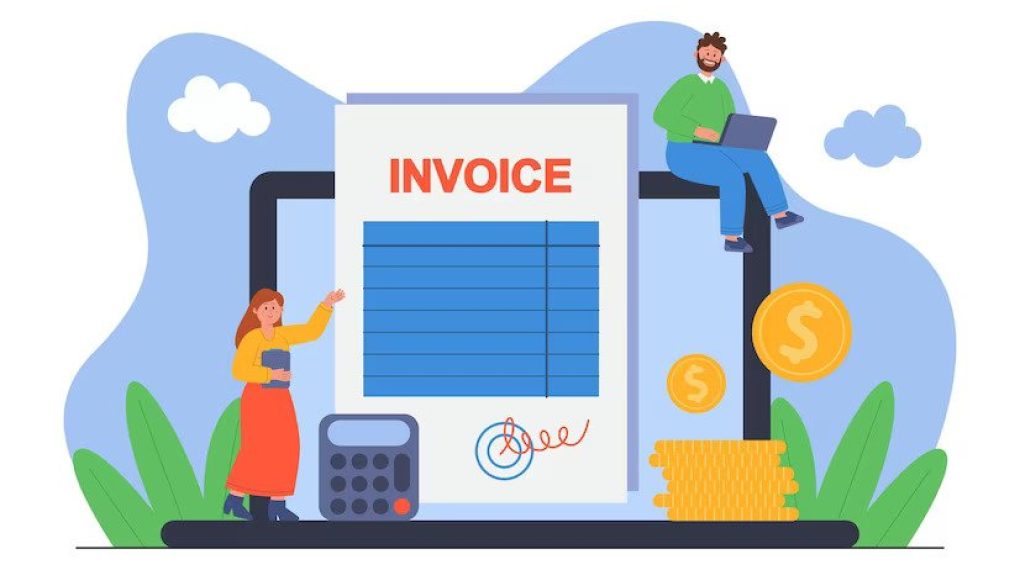
Invoice Definition and Importance to Business
Invoices are essential documents in the world of business, serving as a formal request for payment for goods and services rendered. They play a crucial role in maintaining a healthy cash flow and ensuring timely compensation for the products or services provided by a company. In this article, we will explore the significance of invoices and their impact on the financial health of businesses.
Main Elements of an Invoice
1. Company and Customer Identification Data
To establish clear communication between the parties involved Invoice Maker, an invoice should contain accurate and up-to-date identification data for both the company issuing the invoice and the customer receiving it. This includes company names, addresses, contact information, and tax identification numbers.
2. Unique Invoice Numbers and Dates
Assigning unique invoice numbers and including clear dates are essential to maintain proper financial records and track payments efficiently. This practice prevents confusion, minimizes the risk of duplicate payments, and simplifies the auditing process.
3. Detailed Description of Goods/Services and Their Prices
A comprehensive breakdown of the goods or services provided, along with their corresponding prices, helps the customer understand the invoice better. The clarity in the description prevents misunderstandings and potential disputes over the payment amount.
4. Variety of Payment Methods
Offering multiple payment options accommodates the diverse preferences of customers and facilitates prompt payment. Common payment methods include credit/debit cards, bank transfers, electronic wallets, and traditional checks.
Key Legal and Financial Requirements

A. Compliance with Laws and Tax Regulations
Adhering to local and international laws and tax regulations is paramount to avoid legal complications and penalties. Invoices should include the necessary tax information and follow the specific invoicing requirements of the jurisdiction in which the transaction takes place.
B. Accounting for Currency Conversions and International Transactions
For businesses involved in international trade, managing currency conversions accurately is critical. Invoices for such transactions must display prices in the relevant currencies, considering exchange rates at the time of invoicing.
C. Payment of Taxes and Obligations to the State
Invoices should reflect the applicable taxes, and businesses must ensure timely remittance of these taxes to the respective authorities. Failure to comply can result in severe consequences, impacting the company’s reputation and financial stability.
Best Practices for Invoice Design and Layout
A well-structured invoice with a clear layout enhances readability and reduces the likelihood of errors or misunderstandings. A concise format includes headers, subheadings, and distinct sections for easy reference.
Adding the company logo and branding elements to the invoice instills professionalism and brand recognition. Consistency in design across all business communications reinforces trust and credibility.
Thoughtful font selection and an appropriate color scheme contribute to the invoice’s overall aesthetics. A balanced design ensures readability and professionalism.
Automation of the Process of Creating Invoices
1. Use of Specialized Programs and Online Services
Modern technology offers a plethora of specialized invoicing tools and online services that streamline the invoice creation and delivery process. These tools often come with additional features like automated reminders and payment tracking.
2. Integration with Accounting Systems and CRM Platforms
Integrating invoicing systems with accounting software and customer relationship management platforms simplifies data management and improves workflow efficiency.
3. Pros and Cons of Process Automation
While automation offers numerous advantages, businesses should be aware of potential drawbacks, such as the initial setup cost and the need for periodic updates and maintenance.
Meeting Deadlines and Debt Management
To maintain a steady cash flow, businesses should implement efficient payment tracking and follow up on overdue invoices promptly. Encouraging early or on-time payments can be achieved through incentives or discounts.
In some cases, clients may delay payments or face financial difficulties. Understanding how to handle such situations professionally can mitigate the impact on the business.
Security and Data Protection

In an era of increasing cyber threats, safeguarding client data is a top priority. Businesses must employ secure storage, data encryption, and strict access controls.
Sending invoices via encrypted channels protects sensitive information from unauthorized access and ensures secure transactions.
Understanding the latest threats, such as phishing attacks and ransomware, can help businesses implement appropriate security measures to safeguard their invoicing process.
Analysis and Optimization of the Process of Creating Invoices
Regularly reviewing invoicing practices allows businesses to identify bottlenecks and inefficiencies that hinder the payment process.
Based on the analysis, businesses can make data-driven decisions to optimize their invoicing process, resulting in improved cash flow and customer satisfaction.
Conclusion
Summing up and Confirming the Importance of Correct Invoicing for Business Success
Invoices are the lifeblood of any business, and adhering to best practices ensures timely payments and fosters positive customer relationships.
From incorporating clear identification data and offering various payment methods to embracing automation and prioritizing data security, implementing these best practices can streamline invoicing and enhance overall business efficiency.
In conclusion, mastering the art of creating efficient and secure invoices is essential for any business looking to succeed in today’s competitive landscape. By following these best practices, businesses can build a reputation for professionalism, promptness, and reliability, ultimately contributing to their long-term success and growth.
Read Also:






